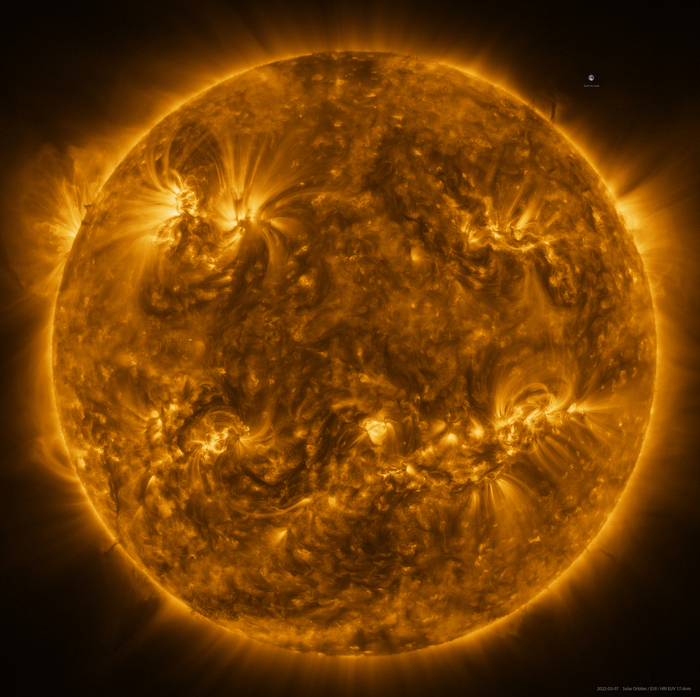The Solar Orbiter probe of NASA and the European Space Agency (ESA) faces its first close encounter at only 48.3 million kilometers, about a third of the distance between Earth and its star.
No probe capable of photographing the Sun has ever been so close.
"The Parker Solar Probe of NASA, in fact, manages to get much closer, but cannot carry a camera due to the prohibitive conditions", observes Mauro Messerotti, of the National Institute of Astrophysics (INAF).
"The data that the Solar Orbiter probe will be able to obtain in this close passage will certainly be important, also because the Sun - continues Messerotti - is in a phase of increasing its activity".
Among the characteristics of the Solar Orbiter probe, in fact, there is also the ability to synchronize its flight in order to remain above the active regions of the Sun: "in this way it is able to follow them for many days, examining their evolution" , explains the expert.
After the encounter with the Sun on March 26, the probe will move away again for the close passage to the planet Venus: a maneuver necessary to adjust its trajectory and get further closer to the innermost part of the Solar System.
"Thanks to these flybys, Solar Orbiter can also observe the polar regions of our star", notes Mauro Messerotti.
"These are the areas where the solar wind is accelerated and their study is essential to understand how this happens."
The Solar Orbiter has already given us extraordinary photographs of the Sun: the closest so far was taken on 7 March, when the probe was exactly halfway between the star and the Earth (about 75 million kilometers from both).
Thanks to its instruments, which observe the universe in the highest energy part of the ultraviolet component of the electromagnetic spectrum, the spacecraft captured 25 images (due to the very close distance), which were then recomposed as in a mosaic to obtain one. single: the photo shows in incredible detail the solar corona, the outermost part of the atmosphere.
The data collected on that occasion also revealed the strange behavior in terms of temperature of the solar atmosphere, one of the biggest still unsolved mysteries of our star.
In fact, while on the surface of the Sun the temperature is about 5 thousand degrees Celsius, the solar corona reaches 1 million degrees: in practice, instead of becoming colder as the distance increases, the outer part of the atmosphere becomes warmer. .
The key to the mystery may lie in other photos obtained by the spacecraft in June 2020, a few months after its launch: the images revealed the presence of miniature solar flares (predicted by the recently deceased solar physicist Eugene Parker), which could explain abnormal heating.




